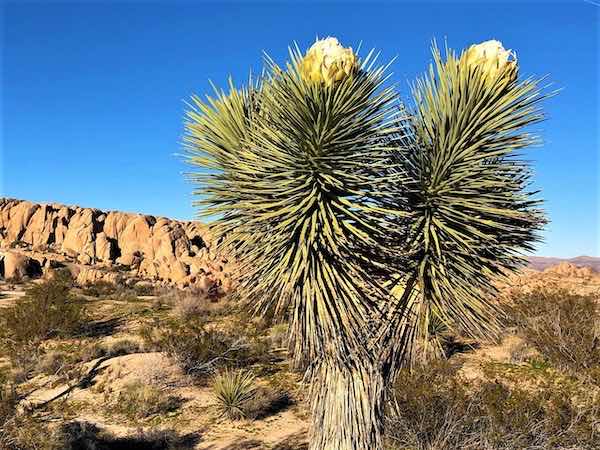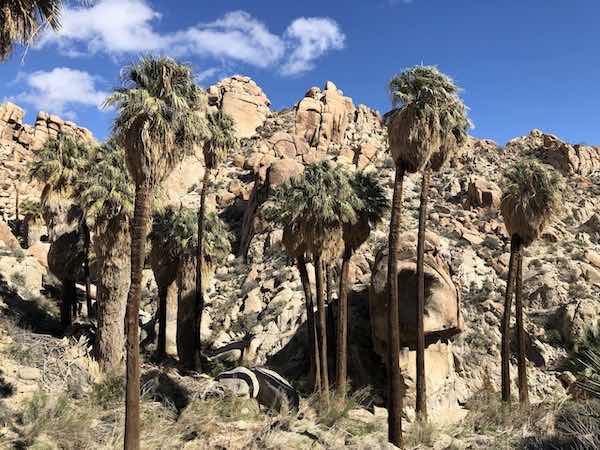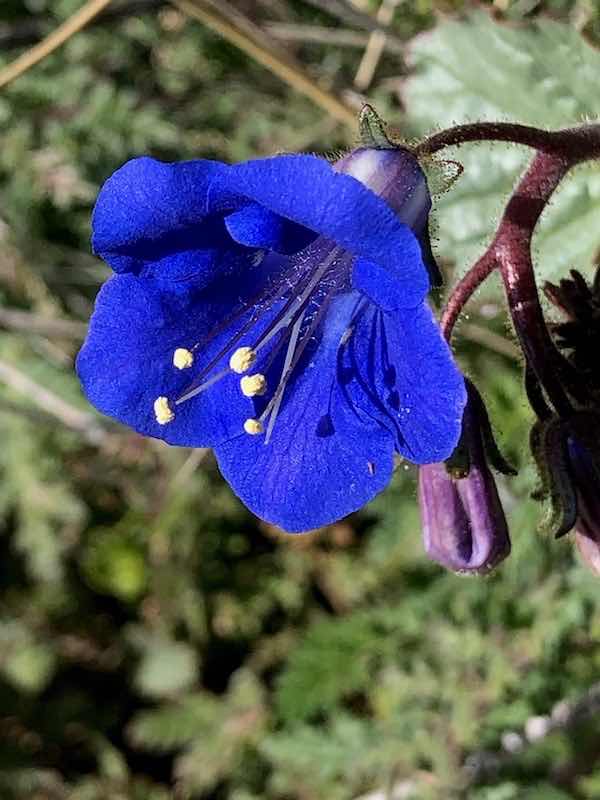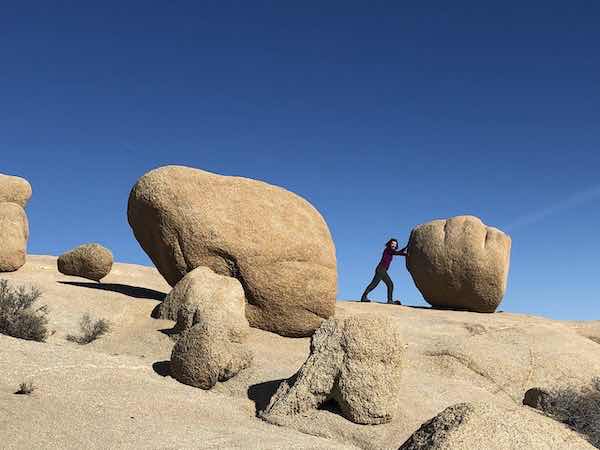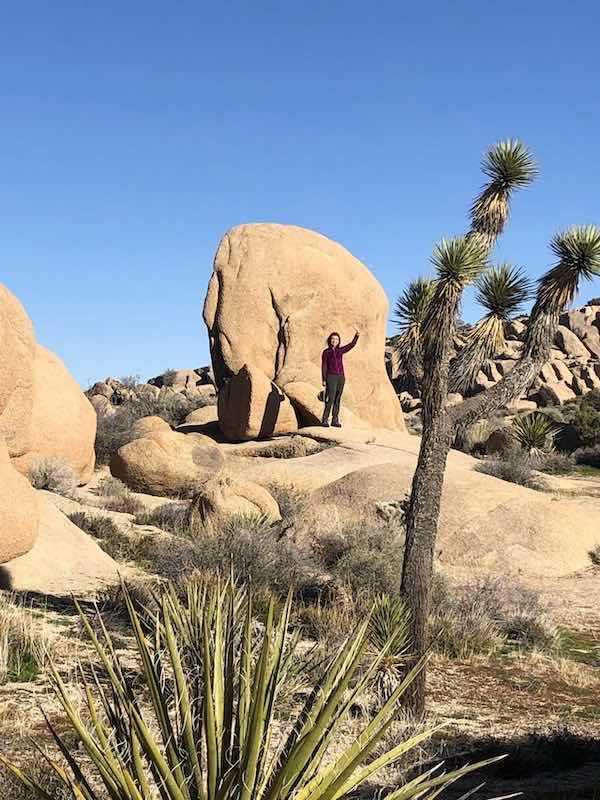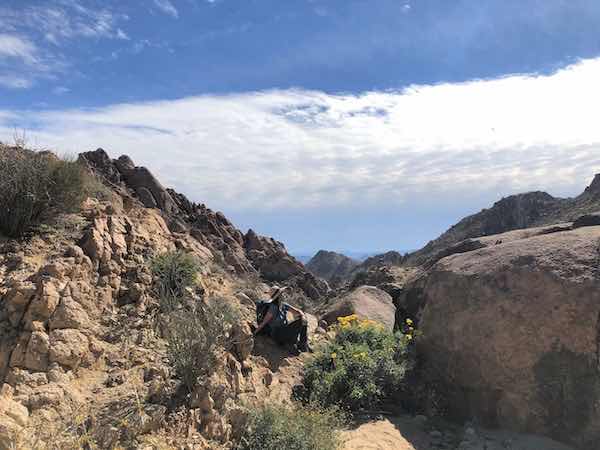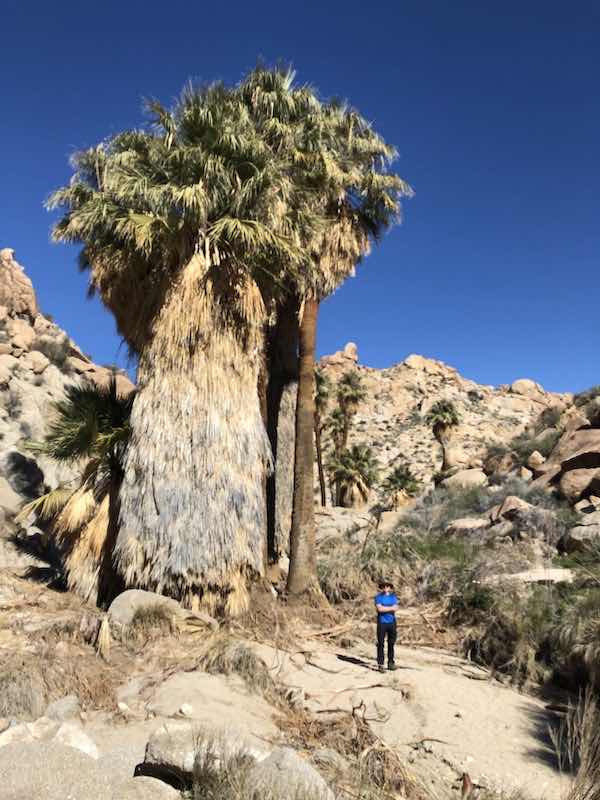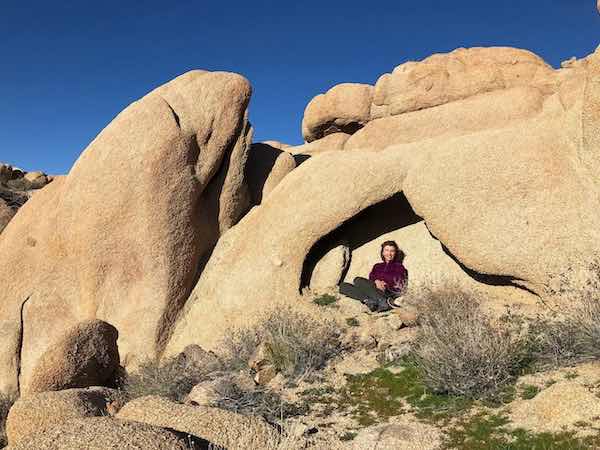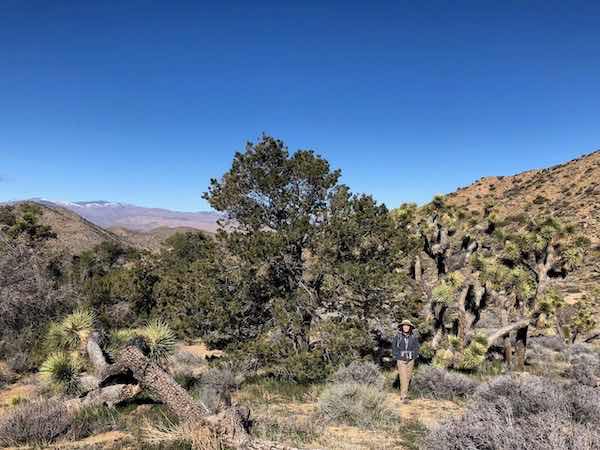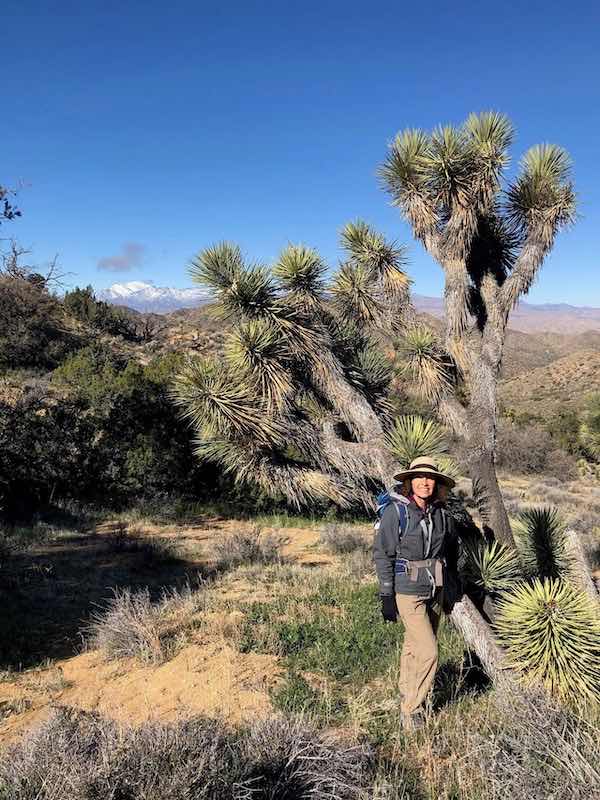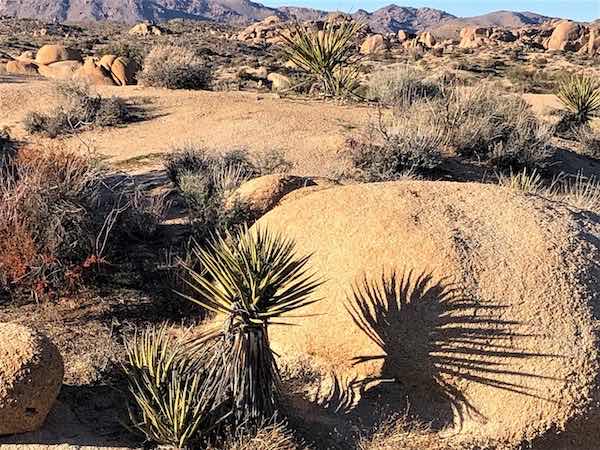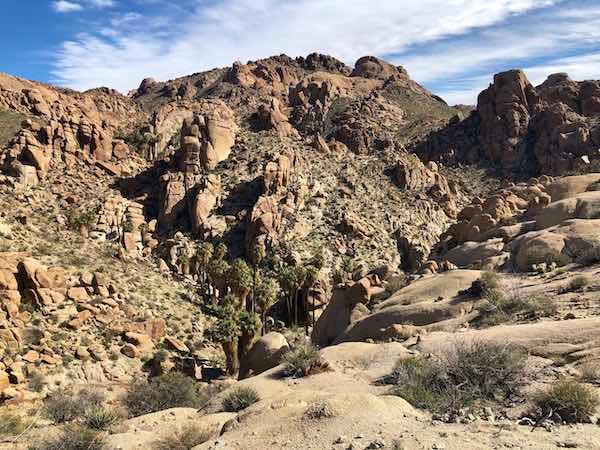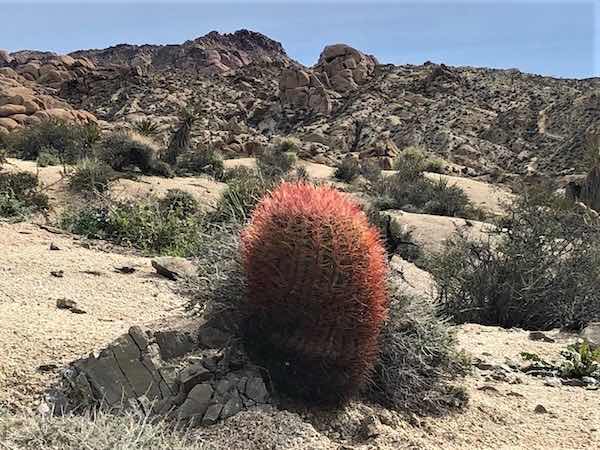
Joshua Tree National Park
With iconic Joshua trees and cholla cactus, spectacular rock formations, diverse desert plants and animals, and an abundance of hiking and camping opportunities, Joshua Tree National Park is a remarkable place. Encompassing two desert ecosystems – the Mojave and the Colorado -- the park features many exciting areas to explore including: the Jumbo Rocks area, Lost Palms Oasis, Hidden Valley area and Black Rock Canyon.
There are numerous terrific walks throughout the park. Some special longer walks are: Split Rock Loop, West Side Loop, Lost Palms Oasis, Boy Scout Trail and Ryan Mountain Trail. In addition to more rigorous hiking and rock climbing, very interesting short walks (1 mile or less) can be taken in places like Hidden Valley, Cholla Cactus Garden, Cottonwood Spring, Oasis of Mara, Barker Dam and Cap Rock (these hikes can be easily found in the Park Brochure or here). Mountain biking is also excellent in the park and there is a Geology Tour Road.
The combination of magical Joshua trees, amazing rock formations, cholla gardens, oases and more contribute to Joshua Tree’s reputation as a desert Wonderland. There is great camping and backpacking in the park, which, among other things, enables visitors to enjoy the brilliant desert night sky.
Details
Location
To the south of Joshua Tree and Twentynine Palms, San Bernardino County
Managed By
National Park Service
Website(s)
Distance from UCSB
238 miles
How To Get There
Things To Do
Backpacking, Biking, Birdwatching, Camping, Hiking, Historic/Cultural Interest, Horseback Riding, Other Recreational Activities (Rock climbing), Picnicking, Running, Viewing, Walking, Watchable Wildlife
Fun Facts
Joshua trees (Yucca brevifolia) are actually members of the Agave family, and are pollinated by the yucca moth. The tallest one in the park is 40 feet high.
This national park is larger than the state of Rhode Island.
The park’s oldest rocks are 1.7 billion years in age.
Some campgrounds in Joshua Tree require reservations, while others are first come, first served. For backpacking you need to register there at a backcountry registration board.
Other Information
Indigenous peoples lived in this remarkable area for thousands of years, starting with the Pintos and followed by the Cahuilla, the Serrano, the Mojaves and the Chemehuevi peoples.
There are over 230 species of birds that spend time in the park, including the greater roadrunner, golden eagles and Gambel’s quail, all of which are listed on this excellent birdlist. Other wildlife in Joshua Tree are bighorn sheep, bobcats, kangaroo rats, red-spotted toad and desert tortoise, among others. There is a great comprehensive list, with photos, of all the plant and wildlife species.
This destination has accessible features; to review, click here and here.
© Great Public Land Destinations. All Rights Reserved.
Terms of Use

